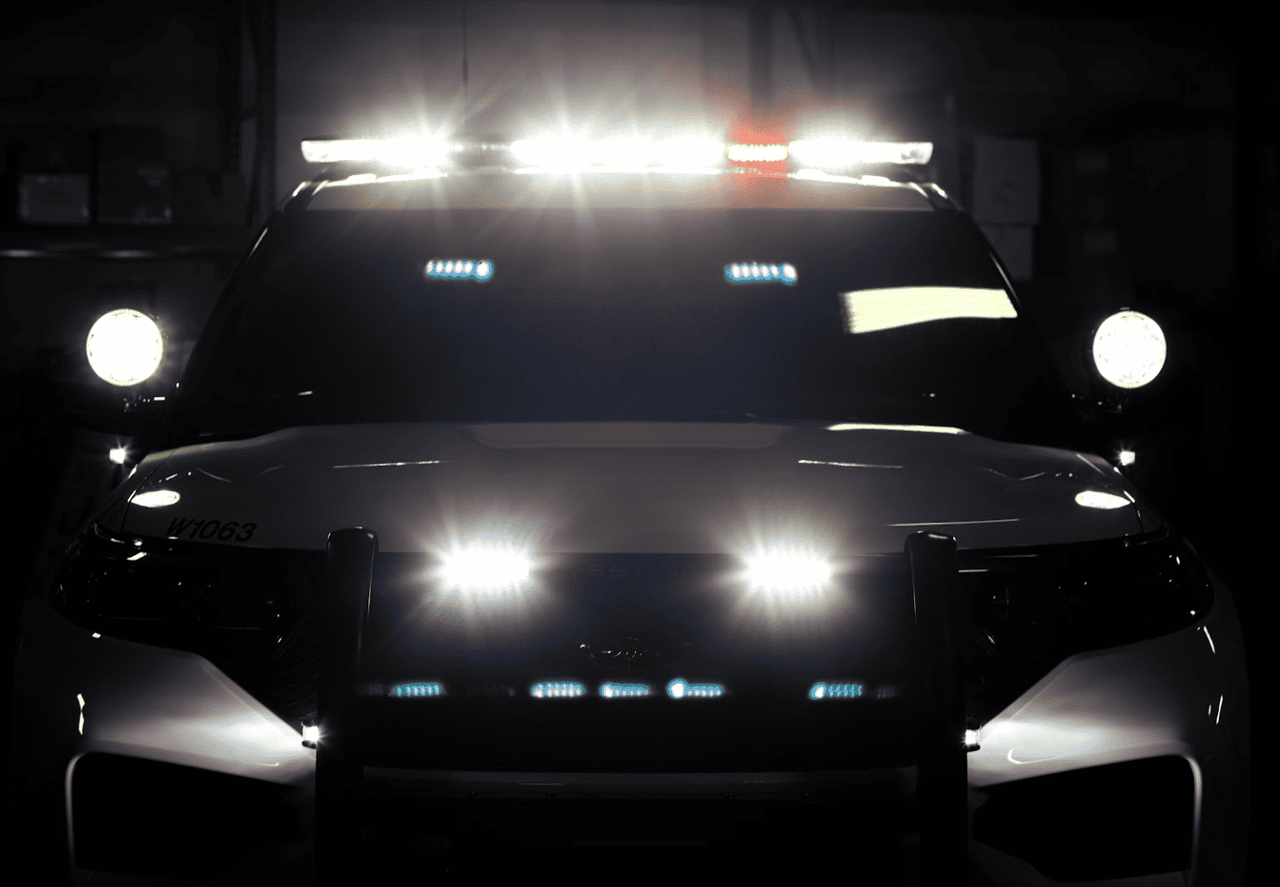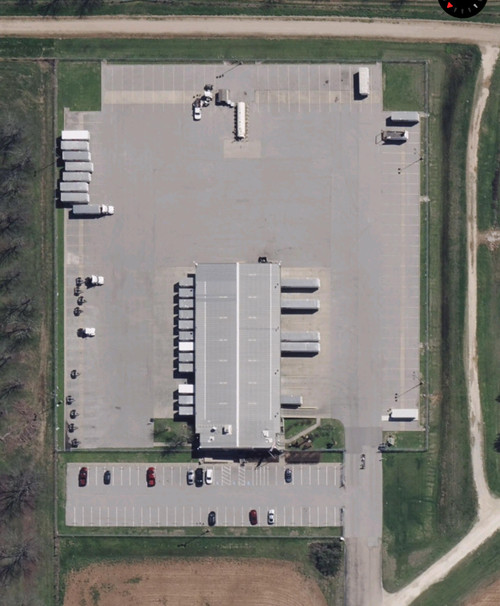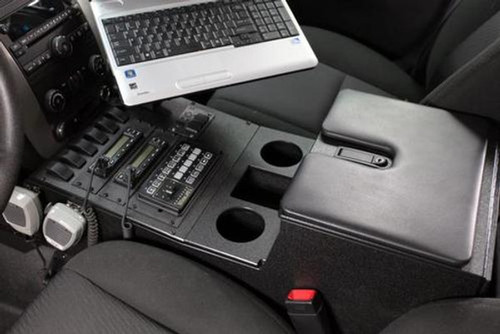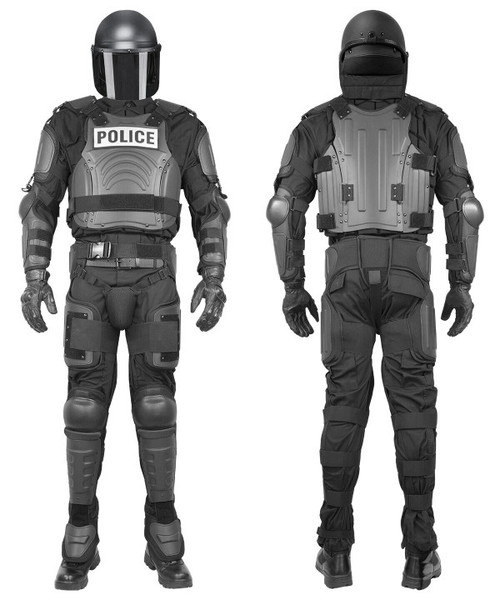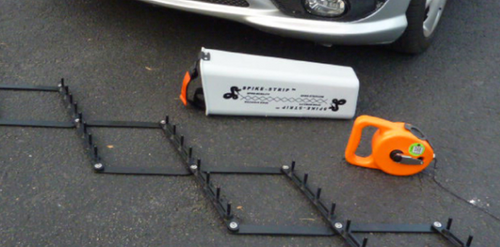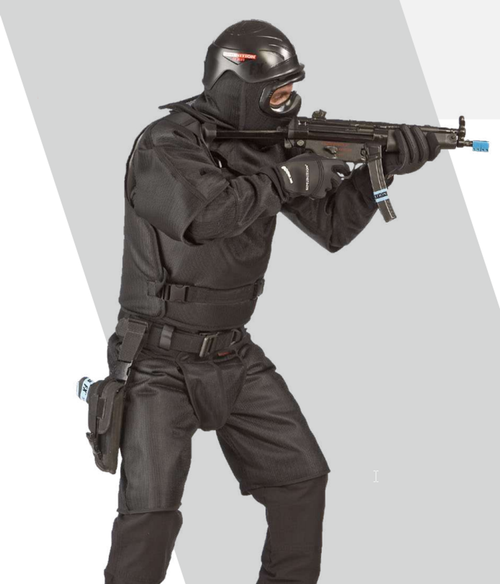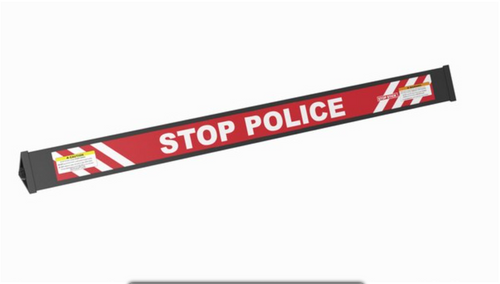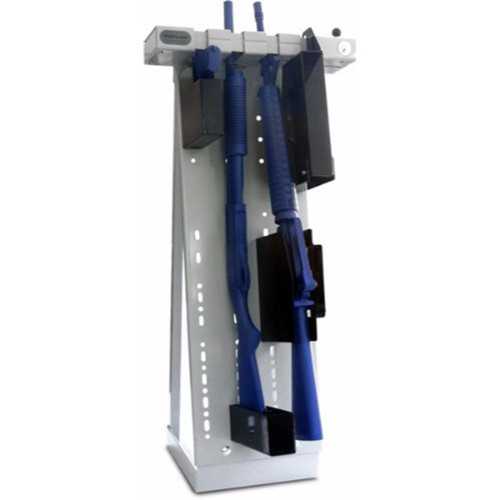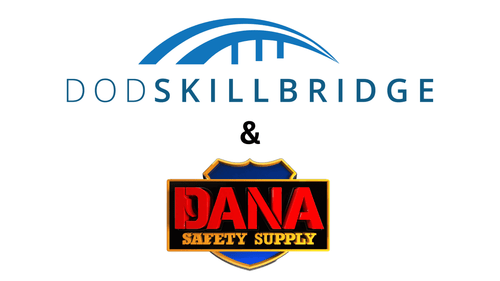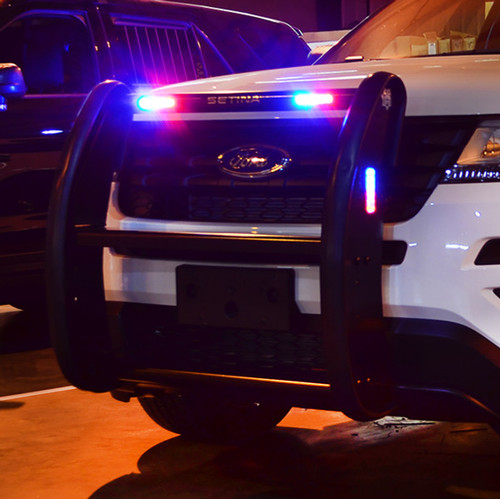When it comes to emergency services, visibility and communication are paramount. Emergency Response vehicles (Police/Fire Rescue/EMT’s) rely heavily on flashing lights to signal their presence, denote urgency, and guide other road users. The right emergency lights can mean the difference between swift response times and unnecessary delays, and sometimes between life and death.
This blog will delve deeper into the world of emergency lights, discussing their purpose, types, and guidelines for choosing the best lights for your fleet.
Purpose and Functions of Emergency Lights
In the chaos of an emergency situation, clarity is crucial. Emergency lights provide this clarity in several ways:
- Visibility: Emergency lights drastically enhance the visibility of vehicles in various weather and lighting conditions. This visibility is crucial for the safety of emergency personnel and the general public alike.
- Signaling: When emergency vehicles approach, other motorists need to yield right of way. Emergency lights send an unambiguous signal, notifying other road users of the need to clear a path.
- Communication: The flashing patterns and colors of emergency lights can communicate specific messages in emergency scenarios, helping to coordinate responses and manage traffic effectively.
Key Considerations When Choosing Emergency Lights

Selecting emergency lights is not a process to be taken lightly. A number of factors need to be considered:
- Durability: Emergency lights must withstand various weather conditions, from scorching heat to freezing cold, rain, snow, and everything in between.
- Brightness and Visibility Distance: The brighter the light, the more noticeable it is. But it’s a balance - excessive brightness can cause issues too.
- Colors: Different colors communicate different things. Blue lights typically indicate a police presence (different in some areas of the country) red lights typically indicate fire rescue/Paramedics/EMT’s, a steady green light typically indicates a “command vehicle” for fire rescue operations, while flashing green lights are typically used for “security” vehicles. Amber lights cross all spectrums and generally indicate a “caution” or “warning” light, usually seen in traffic directional devices (arrow sticks). Amber lights are also heavily used for construction or road maintenance vehicles.
Power Sources and Longevity: Consider what power sources are most suitable for your vehicles and how long you need your lights to last.
Understanding the Different Types of Emergency Lights
There are various types of emergency lights, each designed for specific purposes and vehicles. These include light bars, dash lights, grille lights, perimeter lights, traffic advisors, and scene lights. In the following sections, we'll take a closer look at each of these types, their features, benefits, and potential applications.
In-depth Review of Emergency Light Types
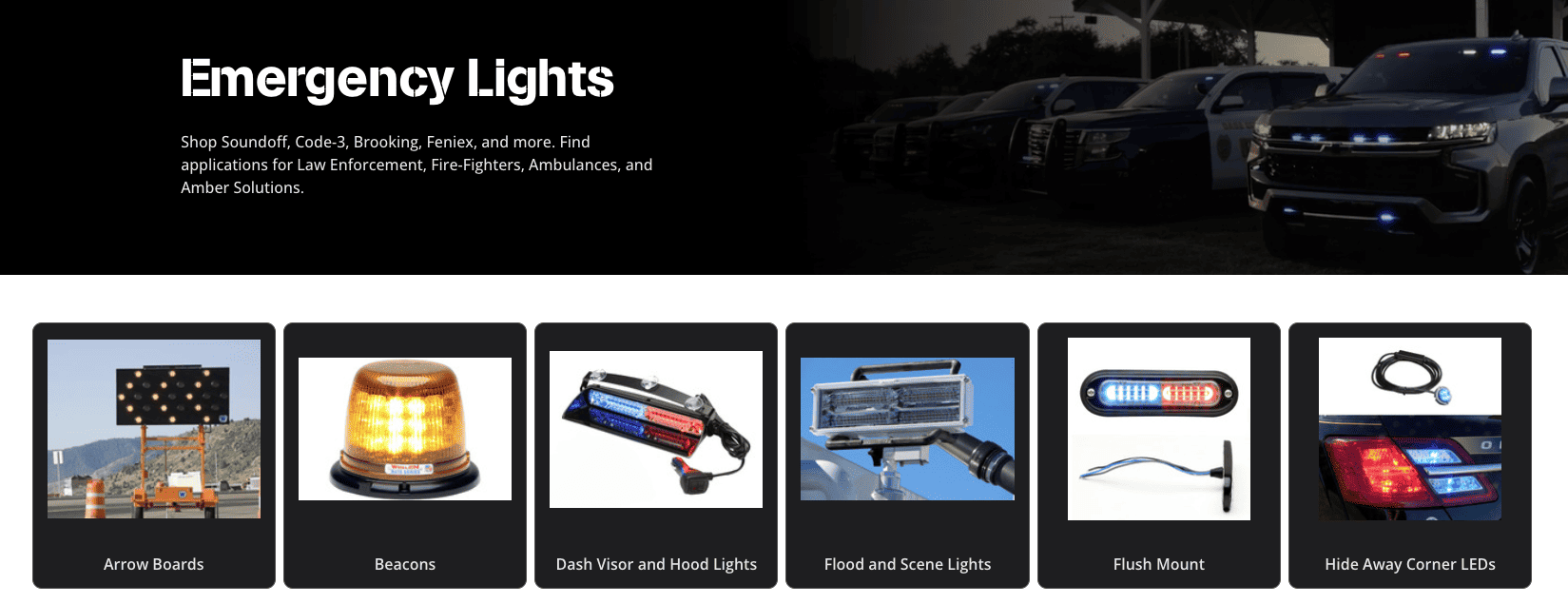
We'll cover the main types of emergency lights used by police and EMTs and dig into their specifics:
Light Bars: Typically mounted on the roof, these lights offer maximum visibility from all angles and distances, making them an ideal solution for high-speed responses.
Interior Light Bars (Front and Rear Facing): Interior lightbars typically stretch across the width of the vehicle, at the top of the windshield and/or rear window. The interior lightbar provides similar light output to a roof mounted lightbar, but in a more covert manner. They are ideal for traffic enforcement vehicles when a less overt law enforcement presence is desired.
- Dash Lights: Particularly useful for unmarked vehicles, dash lights are less conspicuous while still providing strong, forward-facing visibility.
- Grille Lights: Attached to the front of the vehicle, these lights ensure oncoming traffic is aware of the emergency vehicle's presence and direction.
- Perimeter Lights: By illuminating the whole area around a vehicle, these lights ensure safety during stationary operations, particularly in the dark.
- Traffic Advisors: With their directional light patterns, these lights help control traffic around a scene.
- Scene Lights: Mounted on various parts of the vehicle, these lights can be used to illuminate a specific area, providing optimal visibility for responders working at the scene.
Laws and Regulations Surrounding Emergency Lights
It's critical to understand the legalities surrounding emergency lights. Federal laws dictate who can use what lights, and each state has its own specific regulations regarding colors by application, and in some cases, flash patterns. Misuse of emergency lights can result in severe legal consequences, highlighting the importance of knowing and following the rules in your area.
Care and Maintenance of Emergency Lights
Maintaining your emergency lights is crucial for their longevity and effectiveness. Here are some tips:
- Routine Checks: Regular inspections can help identify and fix any issues early, preventing more significant problems down the line.
- Bulb Replacement: Knowing when and how to replace LED modules can ensure that your lights remain in top working condition.
- Proper Use: Avoiding unnecessary wear and tear can significantly extend the lifespan of your lights. Always turn off the lights when they're not needed.
Dana Safety Supply - Your Trusted Provider for Emergency Lights

With a national presence in 32 locations, Dana Safety Supply stands as a trusted provider of emergency lighting solutions across all spectrums. They offer a comprehensive range of emergency lights designed for different vehicle types, catering to the diverse needs of emergency response teams across the country.
Let's take a look at some standout products offered by Dana Safety Supply:
CODE-3 Covert LED Light Bar:
- Shop Code-3 here
- Dual Color: 2-colors per head.
- Matrix Enabled: This technology provides advanced control of light patterns.
- Dimensions: At 52 inches in length and only 1.6 inches tall, it's suitable for various vehicle types.
- Quick installation: Easy set-up with CAT5 connection.
- Certifications: Class 1 & NFPA Certified, ensuring its quality and performance.
SoundOff MPower LED Exterior Lightbar
Dual and Tri-Color: 2-colors per head (red/white & blue white), center front facing tri-color light (red/blue/white) allowing for full front white flood, and one center rear facing tri-collor light (red/blue/amber) for full rear facing amber traffic advisor on demand.
- Shop SoundOff here
- Length: 55 Inches designed for the majority of SUV’s
- Product code: EMPLB00GAK-1X5
Soundoff nFUSE LED Exterior Light Bar:
- Dual Color: 2-colors per head (AMBER/WHITE).
- Length: The 54-inch bar is designed for maximum visibility.
- Product code: ENULB00SL6-1HB.
Code-3 Citadel Rear Spoiler Light Bar:
- Vehicle Specific: Designed for 2021+ Chevy Tahoe or 2020+ Interceptor PIU.
- Features: Incorporates MegaThin Tri Color lightheads.
- Design: Its unique design seamlessly blends with the vehicle, maintaining a professional look without compromising visibility.
Selecting the right emergency lights can significantly enhance the safety and effectiveness of police and EMT operations. The lights' visibility, signaling, and communication functions play a crucial role in emergency scenarios, making them a critical component of any emergency vehicle.
Dana Safety Supply, with its wide range of high-quality emergency lights and unwavering commitment to customer service, stands as an excellent choice for all your emergency lighting needs.
Feel free to share your experiences, ask questions, or simply learn more about these products at Dana Safety Supply. Together, let's work towards safer and more efficient emergency response.
In the world of emergency services, the right lights can mean the difference between a successful operation and a failed one. As such, understanding the types, functions, and maintenance of emergency lights is crucial. Whether you're an emergency service manager, a first responder, or a member of the public, we hope that this detailed guide provides you with valuable insights.
Don't compromise when it comes to safety. Choose Dana Safety Supply for all your emergency lighting needs. Explore our range, share this guide with your network, and let's raise awareness about the importance of quality emergency lights. For any queries or further information, don't hesitate to get in touch with us.
Frequently Asked Questions About Emergency Lights
1. What are the different colors of emergency lights used for?
Different colors signify different types of emergencies. Typically, blue indicates police activity, red is typically fire/rescue, EMS/Paramedics, amber for slow-moving vehicles or traffic warnings, and green incident command and security vehicles.
2. Can anyone buy emergency lights?
While anyone can legally purchase emergency lights, their use is regulated by both federal and state laws. Dana Safety Supply restricts purchase of public safety lights to members of agencies and the agencies themselves. Unlawful use of emergency lights can lead to severe penalties.
3. How long do LED emergency lights last?
LED emergency lights can last for 50,000 hours or more, significantly longer than traditional incandescent bulbs. However, this can vary depending on the specific product and usage conditions.
4. Can I install emergency lights myself?
While it is possible to install emergency lights yourself, it is recommended to have them installed by a professional to ensure proper operation and adherence to legal requirements.
5. What should I do if my emergency lights stop working?
If your emergency lights stop working, check the power source and bulbs first. If the problem persists, consult a professional or reach out to your supplier for support.

